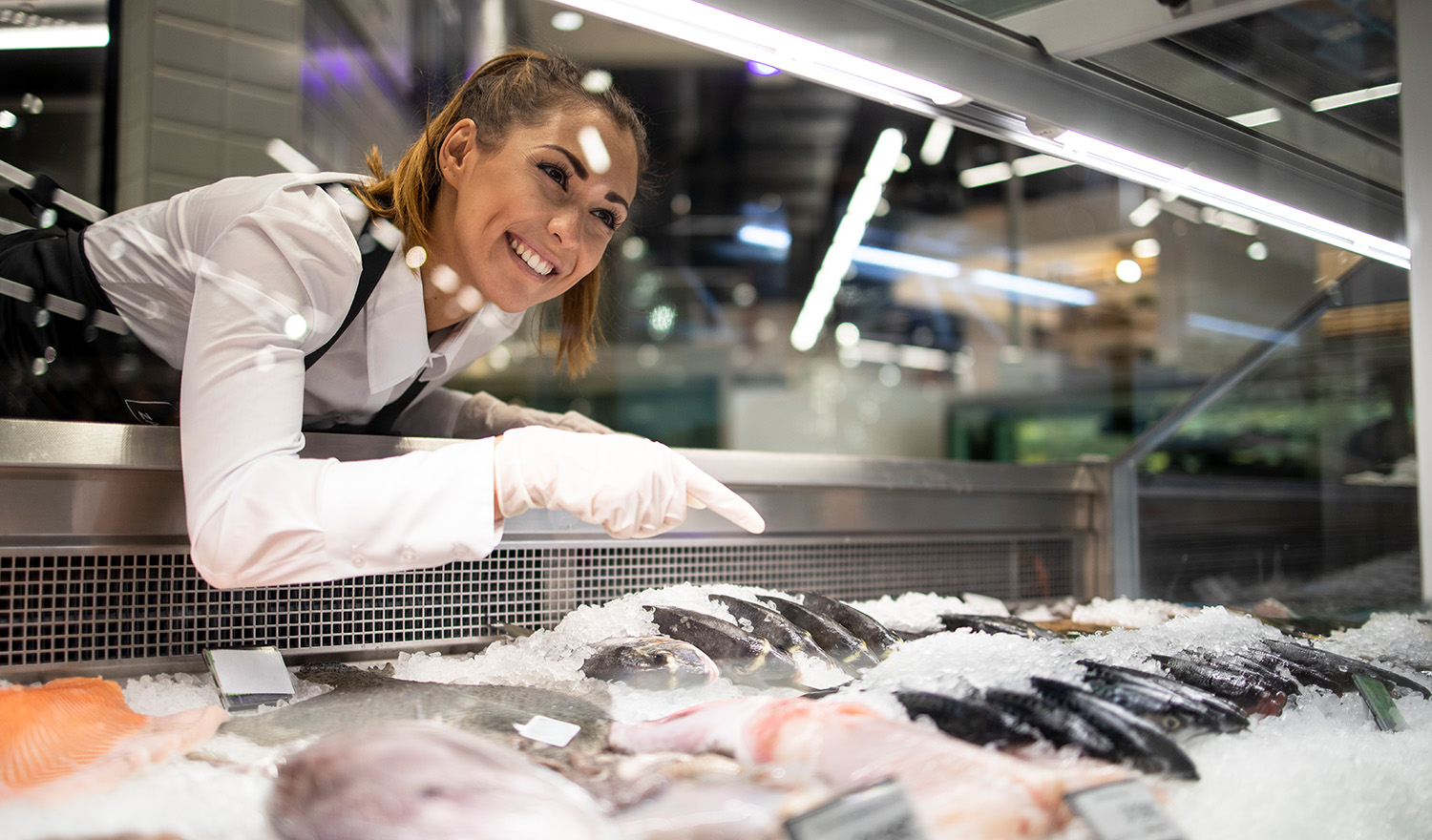Frozen vs Fresh: Which Seafood is Better for You and the Planet?

Rethinking What ‘Fresh’ Means
In Australia, seafood is a staple on many tables, celebrated for its flavour, health benefits, and cultural significance. Whether it’s a summer barbecue with prawns or a winter curry with snapper, seafood is part of our national identity. And when it comes to sourcing seafood, Australians are fortunate to have access to both freshly caught and expertly frozen varieties.
At KB Seafood Co, we’ve spent nearly a century refining our approach to delivering premium seafood across Australia. From ocean to plate, our commitment to quality, sustainability and innovation spans both fresh and frozen products—each with their own unique strengths.
What’s the Real Difference?
Fresh seafood refers to fish and shellfish that has never been frozen, typically kept on ice and sold quickly. It's ideal for those who prefer cooking seafood soon after purchase, and it remains a favourite for certain preparations like sashimi, ceviche, or whole fish roasting.
Frozen seafood, on the other hand, is rapidly frozen—often within hours of being caught—using advanced technologies that preserve flavour, texture, and nutritional value. Freezing locks in peak freshness and gives customers more flexibility with storage and meal planning.
Clarifying Common Myths:
- Myth: Frozen = lower quality — Today’s flash-freezing methods preserve the structure and flavour of seafood with remarkable effectiveness.
- Myth: Fresh is always healthier — Frozen seafood retains its nutrient profile when handled correctly.
- Myth: Chefs only use fresh — Many restaurants rely on frozen seafood for consistency, especially when ingredients are out of season.
Sustainability Across the Board
Sustainable sourcing is crucial whether the product is fresh or frozen. What matters most is how the seafood is caught, processed, and transported:
- Frozen seafood often has a lower carbon footprint due to its ability to be transported by sea.
- Fresh seafood from local waters, such as Western Rock Lobster or Shark Bay prawns, supports local fishing communities and reduces international freight.
At KB Seafood Co, we maintain strict standards across both categories. Our supply chain includes ASC and MSC certified options, and we’re transparent about ongoing efforts to increase sustainable offerings.
Value and Accessibility
With the cost of living on the rise, consumers are looking for smart, affordable options:
- Frozen seafood offers stability in pricing and year-round availability.
- Fresh seafood, while sometimes more variable in price, remains a popular choice for special occasions and premium dishes.
Both formats play an essential role in ensuring seafood remains accessible to all Australians. From our Just Caught and KB’s brands in supermarkets to our Blue Wave range for chefs, we offer a broad selection that fits different needs and budgets.
Convenience and Flexibility
Today’s consumers value products that make meal prep easier:
- Frozen seafood is great for busy families and foodservice operators who need reliability, less prep, and less waste.
- Fresh seafood suits spontaneous purchases and same-day meals, where flavour and presentation are paramount.
We’ve also invested in technology like Modified Atmosphere Packaging (MAP) to extend the freshness of chilled seafood without additives—blending convenience with quality.
Complementary Choices
It’s not about choosing one over the other—it’s about having the right option for the right occasion:
- Planning a dinner party? Go fresh.
- Stocking up for the week? Go frozen.
- Want a quick weekday dinner? Heat-and-serve frozen options are ideal.
By offering both, KB Seafood Co ensures that Australians can enjoy seafood more often, without compromising on quality, sustainability, or taste.
The Verdict: Informed is Best
Fresh and frozen seafood each have their strengths. Rather than viewing them in competition, the real opportunity lies in understanding when and how each fits into a balanced, sustainable, and flavourful lifestyle.
At KB Seafood Co, we proudly supply both—with the same integrity, traceability, and commitment to excellence. Whether you’re a home cook, a retailer, or a foodservice professional, we’re here to help you make the best choice for your table and the planet.
Explore More
FAQs
Does frozen seafood lose nutrients? No. Flash-freezing locks in nutrients at peak freshness.
How do I know if seafood is sustainable? Look for MSC or ASC labels and ask your supplier for sourcing details.
Is frozen seafood as tasty as fresh? Yes - especially when it’s handled with care and frozen quickly after harvest.
Is fresh seafood always better? Not necessarily. It depends on when you plan to cook, how it's been handled, and your preferences.
What’s MAP and why does it matter? Modified Atmosphere Packaging replaces oxygen with protective gases, extending the freshness of chilled products without artificial preservatives.
